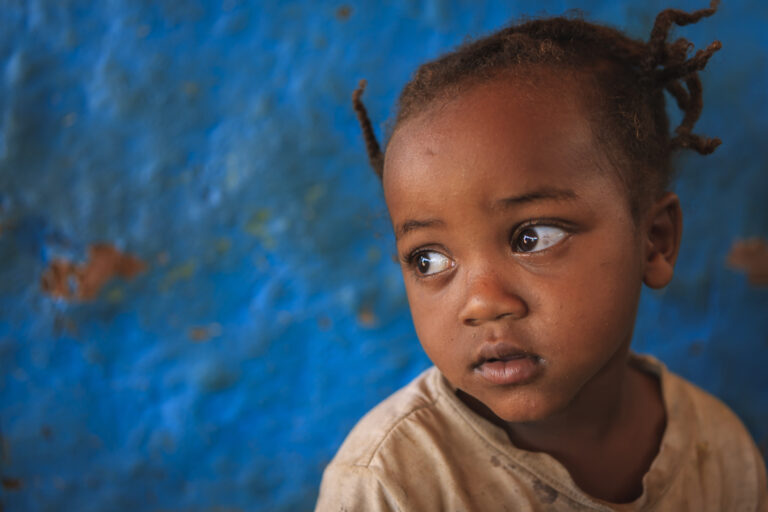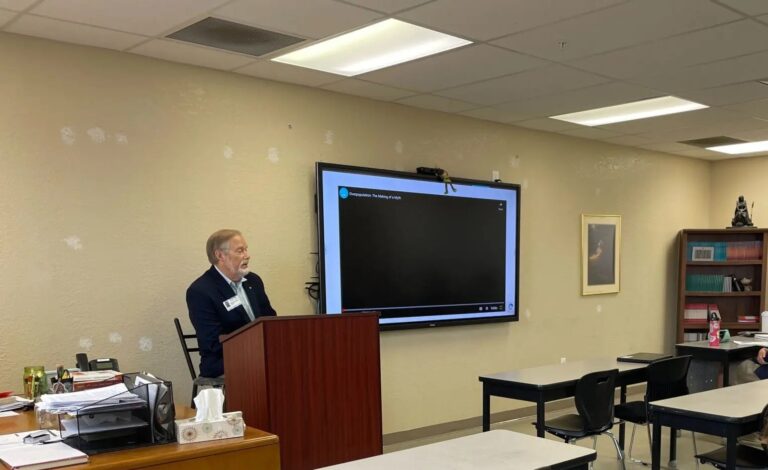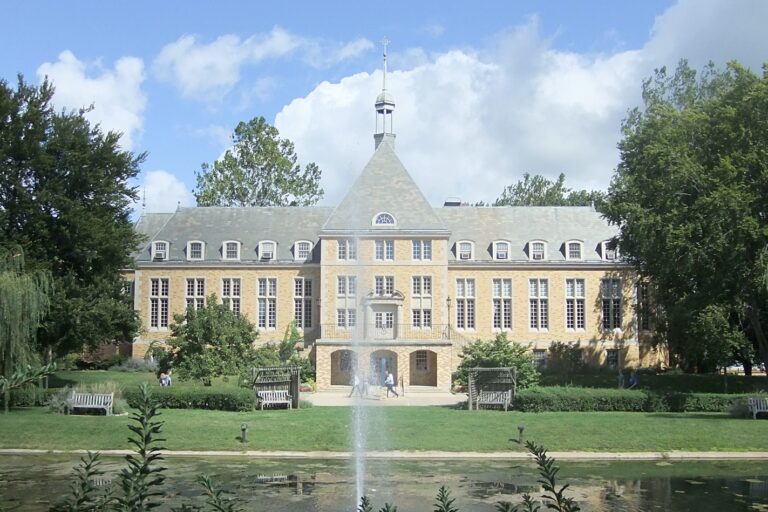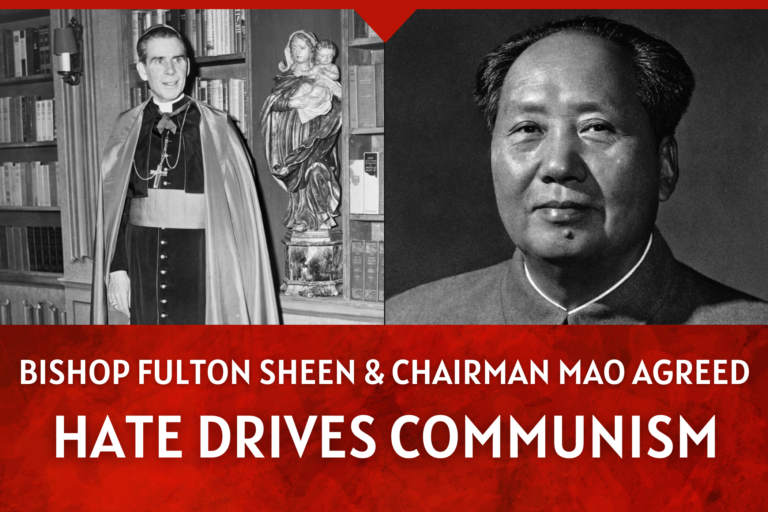24 March 2008 Vol. 10 / No. 12
EXPERIENCING HUMANITY:
GRASSROOTS FILMS REMINDS US OF WHY WE FIGHT
I’m sitting at a worn desk in the headquarters of Grassroots Films in Brooklyn, NY. Humming Macs surround me as the company dog, a sand-colored mutt named Daisy, wanders aimlessly around my feet. Across the desk, Michael Campo is describing the experience of visiting a leper colony in Ghana.
“At first I was a little afraid, because I didn’t know what to expect,” he reminisces. “But all that fear was gone in five or ten minutes . . . they found such great joy and happiness together.”
Campo, 28, co-stars in Grassroots Films’ latest project, The Human Experience. Fast-paced and modern, The Human Experience is a you-are-there documentary that claims to offer an unprecedented look at the human condition. After being thoroughly excited by the trailer (available at www.grassrootsfilms.com), I had the pleasure of being invited to screen this film in Brooklyn, as well as speak to all of the major players at Grassroots Films.
Simply speaking, I was deeply impressed by The Human Experience. It is possibly the most truly pro-life film I have ever seen.
Many pro-life films present the cause of life in a compelling way. Others attempt to show the consequences of a disrespect for life, by shocking or horrifying the viewer. This film does neither. Instead, it moves beyond the ever-present politics of our day to something much more fundamental, closer to the issue.
The Human Experience aims to truly portray the human person, not as an issue or a political cause, but simply as “a breathtaking reality; a new, unrepeatable, unprecedented adventure.” In the words of Chuck Kinnane, the film’s director, “the whole idea was to show people in some pretty dire situations, but they’re making the best of it and they’re still finding a way to be happy.”
The film is divided into 3 distinct sections or “experiences.” Undergoing these experiences are young men from Grassroots Films, followed around by camera operators. According to Joseph Campo, the film’s producer, all events are portrayed “as they happened,” without tweaking or sweetening.
The first experience follows the Azize brothers, Jeffrey and Cliff, as they descend into the jungle of New York City streets. With no money, no phones, and only basic articles of clothing, the brothers live for a week as homeless people, surviving what incidentally turned out to be the coldest week of 2007. What they learned there, surrounded by the poor and homeless on the streets, was both heartbreaking and uplifting.
Speaking with the homeless of NYC, even under the worst circumstances, the Azize brothers learned that these people still believed that they were created for a purpose. The people spoke about how being homeless had taught them the importance of family and friends, while at the same time lamenting the indifference of those who were more privileged.
Surprisingly enough, many of these people take a deep joy in living, and the film is able to show this by staring their condition directly in the face, without compromising, airbrushing, or explaining away. “I knew that it would really help open peoples’ minds to other things in life,” says Jeffrey Azize, recalling the hardships he and his brother faced for only 5 days. “Life is precious. No matter what you’re going through, you’re going to overcome it.”
Off to a running start, the film dives into its next “experience,” where the Azize brothers join a group called “Surf for the Cause.” 19 young men dedicated to riding the world’s best waves, Surf for the Cause was formed when William Kinnane decided that he could combine his athletic quest with something a little more important. Thus, these surfers now supplement their pursuit of the world’s best waves with humanitarian work in the locales they visit.
In the film, the Azize brothers and Surf for the Cause visited a hospital for cast-off children in Lima, Peru. These are children who come from abject circumstances; from abusive families and crushing poverty. Most have horrible injuries, inflicted by abuse and neglect.
Nevertheless, the overriding sense that the film carries away from these children is one of joy and happiness. The children, even after going through the worst that disease and abuse had to offer, are still clothed in the smiles and joy of innocent children. As the hospital staff told Grassroots’ cameras, “it’s not what we gave them, it’s what they gave us.”
The lost children of Lima are a living rebuttal to all those who would kill a child out of convenience or misguided pity. On the smiling, joy-filled faces of these children is written the answer to the world’s inhumanity: love.
In the film’s third, and possibly most unforgettable experience, the Grassroots team follows the Azize brothers and their friend, Michael Campo, to Ghana. Campo had expressed a particular interest in traveling to Africa to write about AIDS victims there, as well as one of the last remaining leper colonies on the planet.
“I really did not know leper colonies still existed,” Campo quipped to me. “I thought Jesus healed them all.”
Again, the film moves in unflinchingly on a stark image of humanity in the direst throes of suffering, only to discover peace and joy hidden there. “Even though they had been banished to live in this colony,” Campo recalls, obviously moved, “they found happiness within that. And I think that was beautiful for me.”
Many organizations claim to know what the suffering men, women and children of the world need. Many more spend billions of dollars claiming to give it to them, and it often consists of invasive programs, of patronizing, coercive activities centered around Western elitism. To many in the West, the suffering, poverty-stricken people of the world are little more than animals to be sterilized, aborted, operated upon, and legislated about without the least concern for their dignity.
Although I make my living writing about how this is not the case, The Human Experience truly brought the suffering of the world to my doorstep in a way that I have only rarely experienced in my life.
Simply put, the world’s suffering people do not require our patronage or condescension. They ask us for dignity and respect. This is the essence of the pro-life cause: our respect for the innate dignity of each human person guides us to act in their true interests.
Even though The Human Experience is not a politically “pro-life” film, it makes a vital contribution to the culture of life. The message of human dignity is a powerful one that the pro-abortion crowd needs to hear, but it is also one that we in the pro-life movement should be reminded of, as well.
The Human Experience offers us a vision of hope; not a false, sentimental, meaningless hope, but a real joy amidst suffering. This joy reminds us that we always have cause to celebrate: made in the image and likeness of God, we are human beings.
Colin Mason is the Director for Media Production.










